
Are you looking for a mobility scooter that makes life easier and helps you be more independent? Think about what you need, how much your movement is limited, and where you will use your scooter most. Will you use it inside, outside, or both? Many people pick a mobility scooter because it is comfortable and easy to use. Look at this table to see how users say they feel more independent and have a better life:
Study (Author, Year) |
Sample Size |
Key Finding |
Qualitative Finding |
|---|---|---|---|
Barton et al. (2014) |
480 |
More independence |
|
Sammuelsson & Wressle (2014) |
24 |
Higher safety, independence, and self-esteem |
Mobility scooters have many good points. They help you get around, stay safe, and join in social activities. You can do more, go farther, and enjoy your day. Some problems are battery life and moving the scooter from place to place. But most people think the good things about mobility scooters are more important than the problems. This guide will help you pick the best mobility scooter for you and your needs.
Types of Mobility Scooters

When you start looking for a mobility scooter, you’ll notice there are several types. Each one fits different needs and lifestyles. Let’s break down the main options so you can see which works best for you.
Travel Scooters
Travel mobility scooters are small and lightweight. You can easily take them apart or fold them for storage. If you travel often or need a scooter for short trips, these portable scooters make life easier. Most folding mobility scooters have a battery range of about 8-10 miles. They are perfect for shopping, visiting friends, or running errands. You might find the seats less cushioned and the ride less smooth, but the convenience is hard to beat.
Tip: If you want a scooter you can lift into a car or store in a closet, folding mobility scooters are a smart choice.
Aspect |
Travel Mobility Scooters |
Full-Size Scooters |
|---|---|---|
Portability |
Easy folding, lightweight |
Heavy, not folding |
Comfort |
Basic seating |
Plush, adjustable seats |
Range |
15-30 miles |
Three-Wheel vs. Four-Wheel
You’ll see 3-wheel scooters and 4-wheel scooters in stores. Three-wheel models turn sharply and fit through tight spaces. They work well indoors and on smooth floors. Four-wheel scooters feel steadier and handle rough ground better. If you want stability for outdoor use, pick a four-wheel scooter. If you need to zip around inside, a three-wheel scooter might suit you.
3-wheel scooters: Easy to maneuver, lighter, more legroom.
4-wheel scooters: More stable, safer on uneven terrain, higher weight capacity.
Heavy-Duty Models
Heavy-duty mobility scooters are built for tough jobs. They support up to 500 pounds and roll over grass, gravel, and hills. These scooters have big tires, strong motors, and extra suspension. If you need a scooter for outdoor adventures or long rides, a full-size scooter or heavy-duty model will keep you comfortable and safe.
Key Features to Consider
When you pick a mobility scooter, it should fit your life. It needs to keep you safe and comfortable every time you ride. Here are the main things to look at before you decide.
Battery Life & Range
Battery life is very important. If you use your scooter for errands or trips, you need a battery that lasts. Most small scooters go 8-15 miles on one charge. Medium scooters can go 15-20 miles. Heavy-duty scooters travel 20-30 miles or more.
Scooter Type |
Typical Range per Charge |
|---|---|
Compact Scooters |
8-15 miles |
Medium-Sized Scooters |
15-20 miles |
Heavy-Duty Scooters |
20-30+ miles |
Many things change how far you can go. Carrying more weight or riding up hills uses more battery. Lithium-ion batteries last longer and are lighter than older batteries. Charge your battery after each use. Do not let it run out all the way. Store it in a cool place. A smart charger stops overcharging.
Tip: Always check the battery range before you buy. Think about your longest trip and add a few miles to be sure.
Comfort & Seating
You will sit on your scooter a lot. Comfort is very important. Look for seats with soft padding and good back support. Many scooters let you change the seat height, depth, and angle. Some seats tilt or recline. This helps you find the best position and can help your back feel better.
Armrests and footrests that move make long rides easier. A smooth suspension helps on bumpy sidewalks. Try different seats to see what feels best for you.
Note: Test the seat before you buy. Sit for at least 10 minutes and move around to check for any pain.
Maneuverability
Your scooter should turn easily, especially inside. The turning radius shows how tight a turn it can make. Three-wheel scooters turn in small spaces, about 42 inches. They are good for kitchens and hallways. Four-wheel scooters need more space, about 59 inches, but they feel steadier outside.
Three-wheel scooters: Good for small spaces and sharp turns.
Four-wheel scooters: Better for outdoor use and rough ground.
If you want to use your scooter inside, check the turning radius. Try it in a store to see how it moves. Good maneuverability helps you get around your home or shops without trouble.
Weight Capacity
The right weight capacity keeps you safe. Standard scooters hold 250 to 300 pounds. Heavy-duty scooters hold 300 to 450 pounds. Bariatric scooters can hold over 450 pounds. Add your body weight and anything you carry, like groceries or medical gear.
Scooter Type |
Typical Weight Capacity (lbs) |
Who Should Use It? |
|---|---|---|
Standard Mobility Scooter |
250-300 |
Most users with average weight |
Heavy-Duty Mobility Scooter |
300-450 |
Users needing extra support |
Bariatric Mobility Scooter |
450+ |
Users needing extra-wide seating or support |
Tip: Never go over the weight limit. It can make the scooter unsafe and may cancel your warranty.
Safety Features
Safety is always important. New scooters have many safety features. Look for front and back lights, reflectors, and signals so people can see you. Horns and anti-tip wheels help keep you safe. A wide base and big tires stop tipping. Good brakes help you stop quickly.
Some scooters have advanced safety features like automatic braking, collision detection, and adaptive LED headlights. These features make riding safer and help you feel confident, even in busy places.
-
Always check for:
Bright lights and reflectors
Wide base for stability
Good brakes
Anti-tip wheels
Speed limiters
You can add mirrors, seat belts, or side supports for more safety. If you have special needs, talk to a mobility expert about what features will help you most.
Note: Test all safety features before you buy. Make sure you feel safe and in control.
Assessing Needs & Environment

Mobility Level
When you start assessing your needs, think about your daily activities and how much help you need to get around. Ask yourself if your limited mobility affects things like dressing, bathing, or using the bathroom. Occupational therapists often use checklists to see if a mobility scooter is right for you. Here’s a simple way to look at it:
Do you have trouble with daily tasks because of limited mobility?
Can you see and think clearly enough to use a scooter safely?
Do you have someone to help if needed?
Are you able and willing to operate a mobility scooter?
Would a cane or walker work, or do you need more support?
Does your home have enough space for a scooter?
Can you use your arms and hands well enough to steer?
Do you have the strength and balance to sit upright while riding?
You can also use self-report tools like the FMA questionnaire to check if a scooter meets your personal mobility needs and brings satisfaction.
Terrain & Surfaces
Think about where you plan to ride your mobility scooter. If you want to go outside, look for features like big pneumatic tires, strong suspension, and higher ground clearance. These help you handle grass, gravel, or bumpy sidewalks. Four-wheel scooters give you more stability on rough ground. Adjustable speed and weather-resistant parts also boost accessibility and safety.
Scooter Feature |
Smooth Floors |
Grass/Gravel |
Trails/Hills |
|---|---|---|---|
Three-wheel |
✅ |
❌ |
❌ |
Four-wheel |
✅ |
✅ |
✅ |
Heavy-duty |
✅ |
✅ |
✅ |
Storage & Transport
Assessing your needs means thinking about where you’ll keep your scooter. If you have little space, a folding mobility scooter works best. You can fold or take it apart to fit in a closet or car trunk. Always secure your scooter during transport and use covers to protect it from weather. Regular checks and cleaning keep it running well.
Choose folding scooters for small spaces.
Use straps or tie-downs when moving your scooter.
Never ride the scooter while it’s in a vehicle.
Frequency of Use
How often you use your mobility scooter changes what you need. If you ride every day, pick a sturdy model with a long-lasting battery. Lithium-ion batteries last longer for daily use. If you only use your scooter sometimes, a lightweight folding model may be enough. Matching your scooter to your routine keeps you safe and comfortable. Customisation options let you add features for extra comfort or durability.
Choosing a Mobility Scooter
Test-Driving Models
It is important to feel sure before you buy a mobility scooter. Test-driving lets you see how each scooter works. Try different scooters at a store or showroom. Sit down, hold the tiller, and drive around. Notice if steering and stopping are easy for you. See if you can get on and off by yourself. If you want to use your scooter outside, drive it over bumps. This helps you pick a scooter that fits your body and daily life.
Tip: Bring a friend or family member with you. They can watch you and give advice.
Comparing Options
When you look at different scooters, think about what you need most. Here are some things to check:
How often you will use the scooter and where (indoors or outdoors)
Battery life and travel range
Weight capacity for safety
Portability and ease of transport
Comfort features like seat design and adjustability
Safety features such as lights, brakes, and anti-tip wheels
Style, color, and overall size
Cost, warranty, and customer service
Write down your top needs. Compare each scooter side by side. Ask about renting if you want to try a scooter first.
Getting Expert Advice
Picking a mobility scooter can be hard. You can talk to healthcare workers or mobility experts for help. They check if you can sit up straight and use your arms and hands. Experts also look at your home to see if the scooter fits. They know about Medicare and can help with forms. Certified sellers answer questions about safety and comfort. Their help makes sure you choose the best scooter for you.
Qualification/Expertise Area |
What They Do |
|---|---|
Trunk stability and balance |
Check if you can sit upright safely |
Arm and hand function |
Test your ability to use scooter controls |
Home environment evaluation |
See if the scooter fits your living space |
Medicare knowledge |
Help with insurance and paperwork |
Certified mobility specialists |
Give expert advice on scooter selection |
Mobility Scooter Buying Guide
Insurance & Medicare
When you look for a mobility scooter, insurance and Medicare can help with the cost. Medicare Part B covers 80% of the price if your doctor says you need a scooter for use inside your home. You must meet the deductible first and pay the rest unless you have extra insurance. Medicare Advantage plans might offer more help, but each plan is different. To qualify, you need a prescription and a home that fits the scooter. Always use a Medicare-approved supplier to avoid extra bills. Some private insurance plans also help pay for a scooter, so check your policy.
Maintenance Tips
Taking care of your mobility scooter keeps it running well. Here are some easy steps:
Charge the battery after every use and avoid letting it run out completely.
Check tire pressure and look for worn spots.
Test the brakes and lights often.
Clean the scooter with a damp cloth and keep it dry.
Store it in a cool, dry place and use a cover if you keep it outside.
Schedule a yearly check-up with a professional.
Tip: Regular care helps your scooter last longer and keeps you safe.
Legal Considerations
You can use your mobility scooter on sidewalks and in most public places. Most states do not need you to get a license or register your scooter. Some places may ask for an ID tag or insurance, so check local rules. Speed limits change by state, but many set the limit at 6 to 15 mph on sidewalks. Always follow pedestrian laws, use lights and reflectors, and wear a helmet if your state requires it. Airlines must let you bring your scooter, but you should check battery rules before you fly.
It can take a while to pick the right mobility scooter. You should get one that fits you well. This guide helps you find a scooter for your needs and where you live. Try out different scooters before you decide. Ask experts for help if you need it. Make sure the scooter is easy for you to use. The right scooter lets you move around more, feel free, and enjoy life.


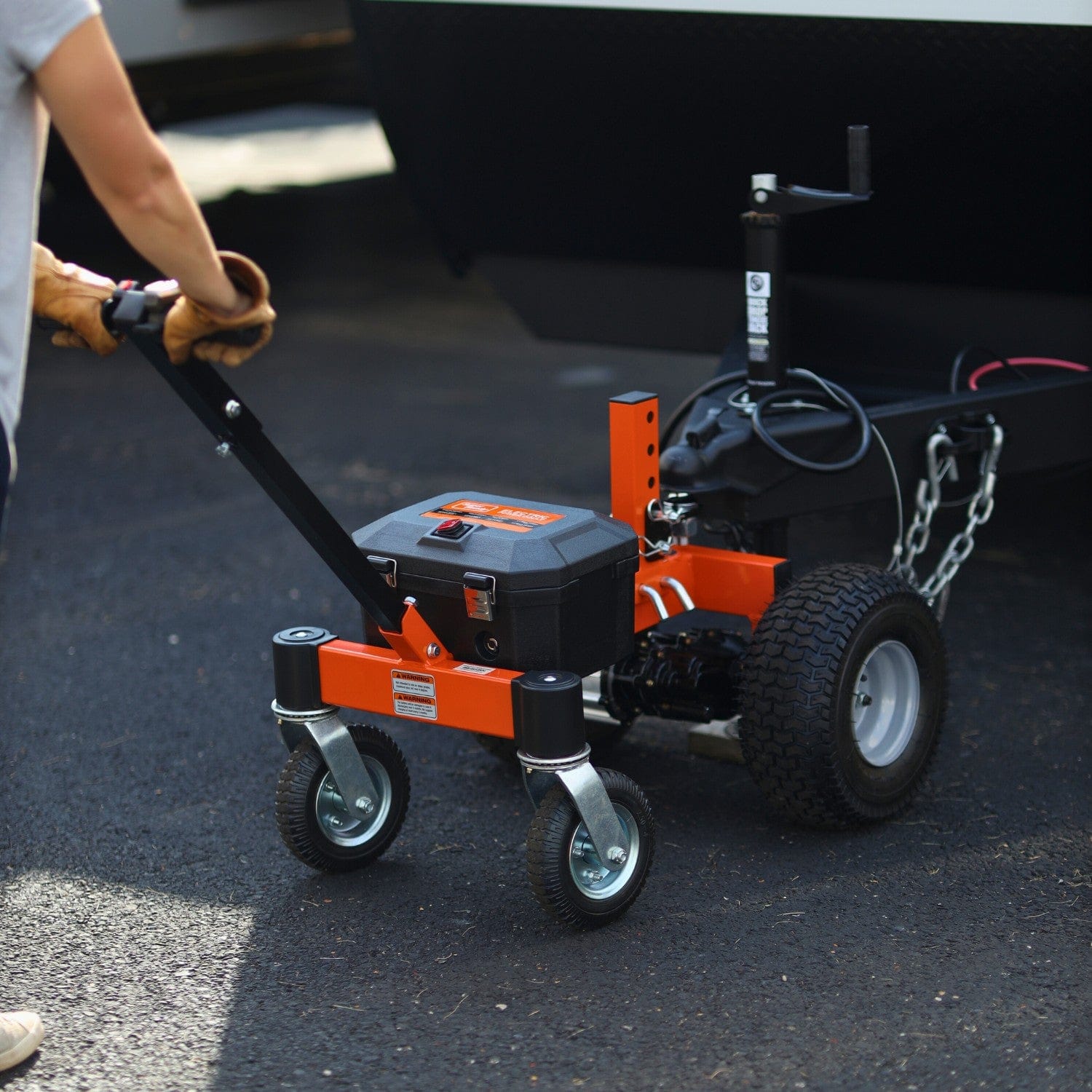
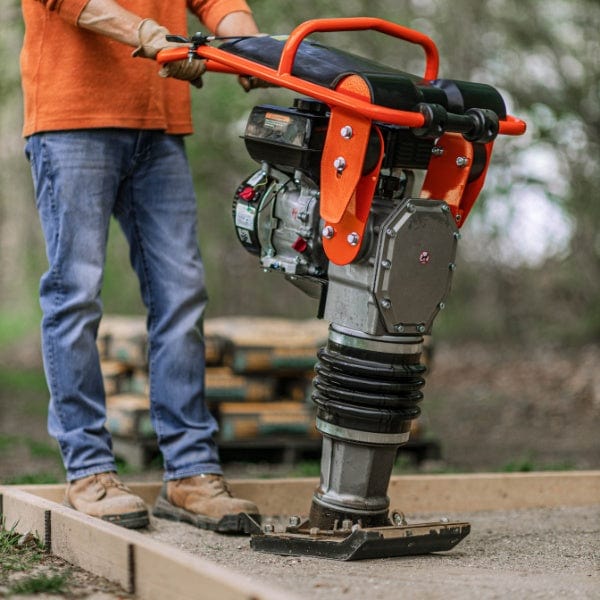
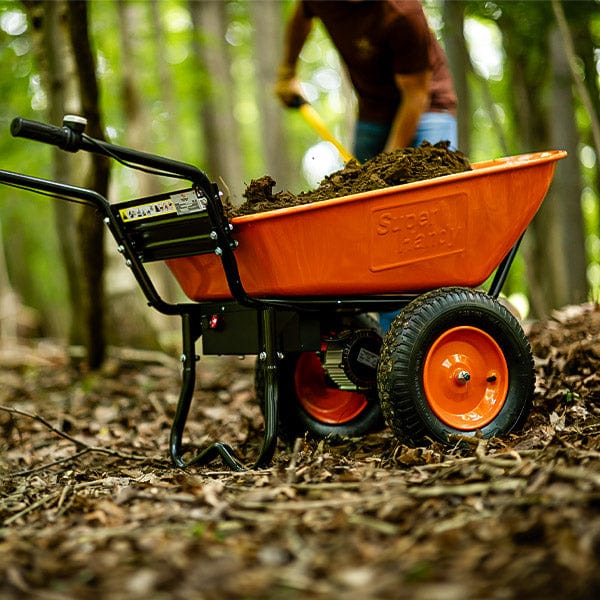
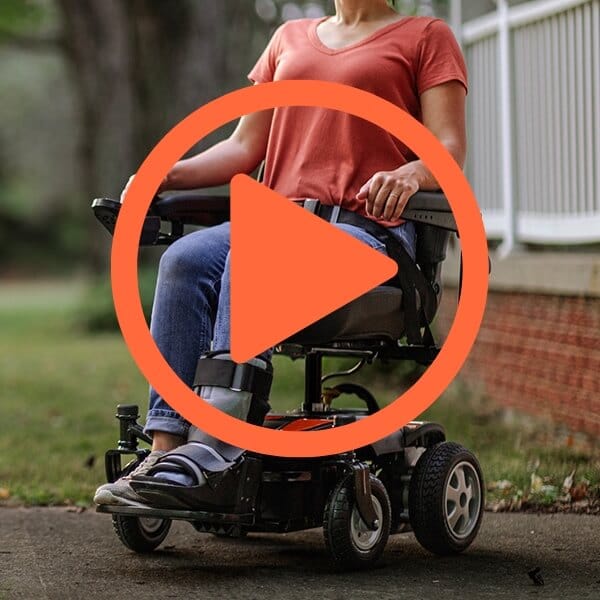

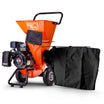
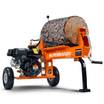

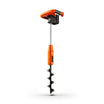
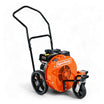
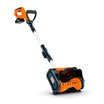
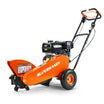
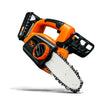
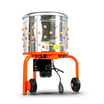

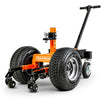
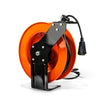
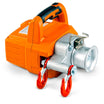
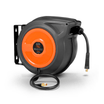
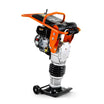
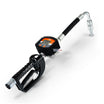
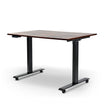
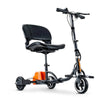
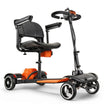
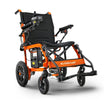


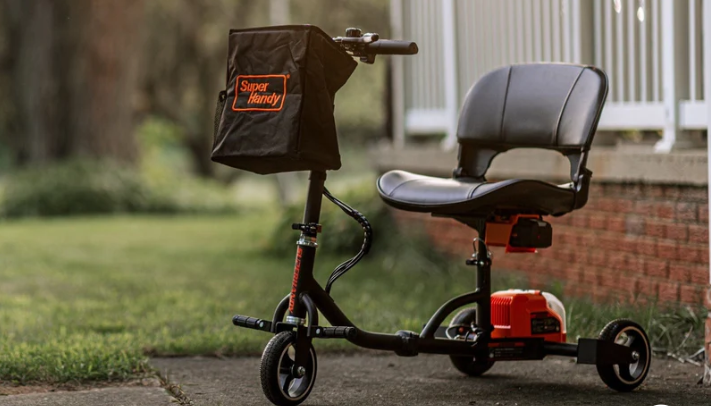

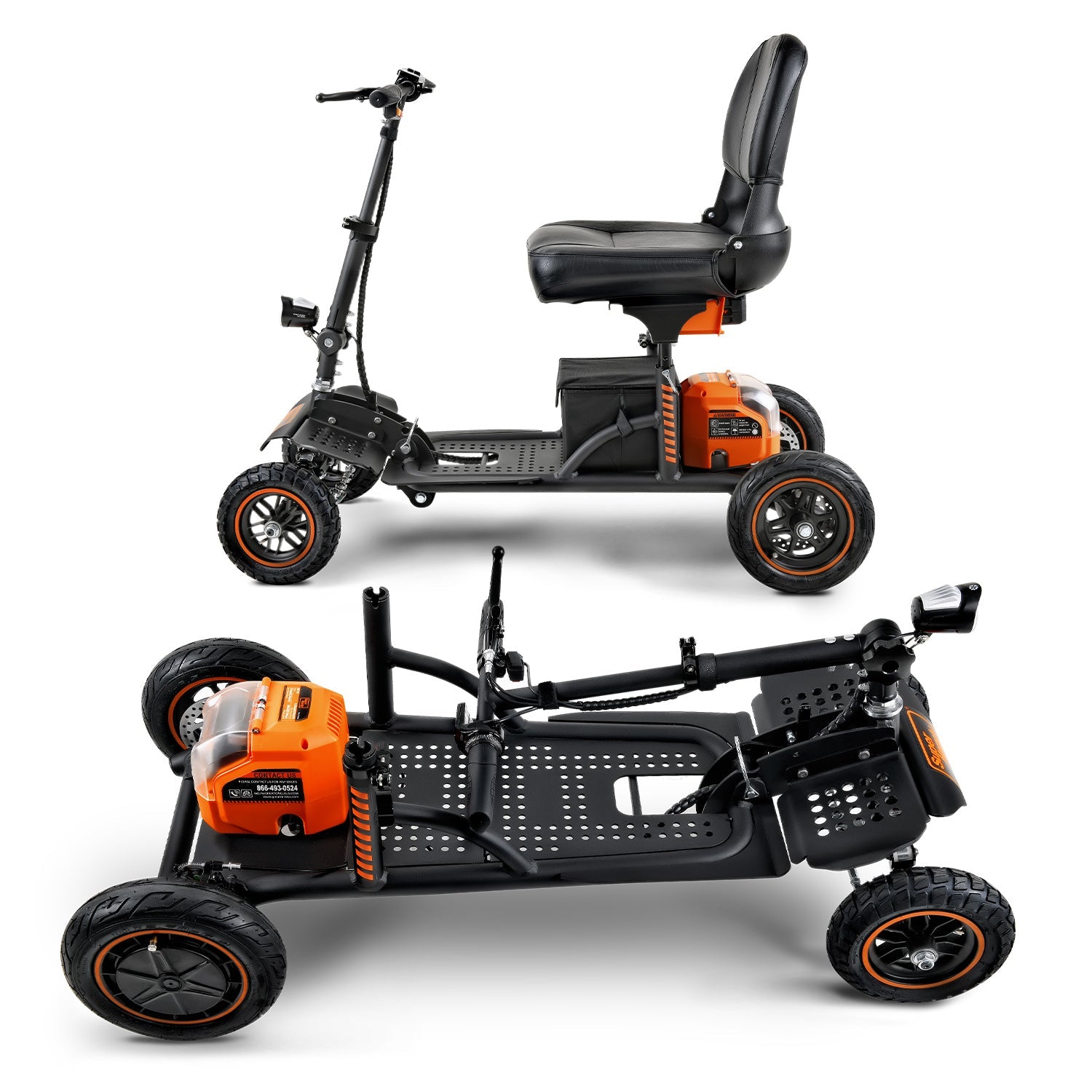
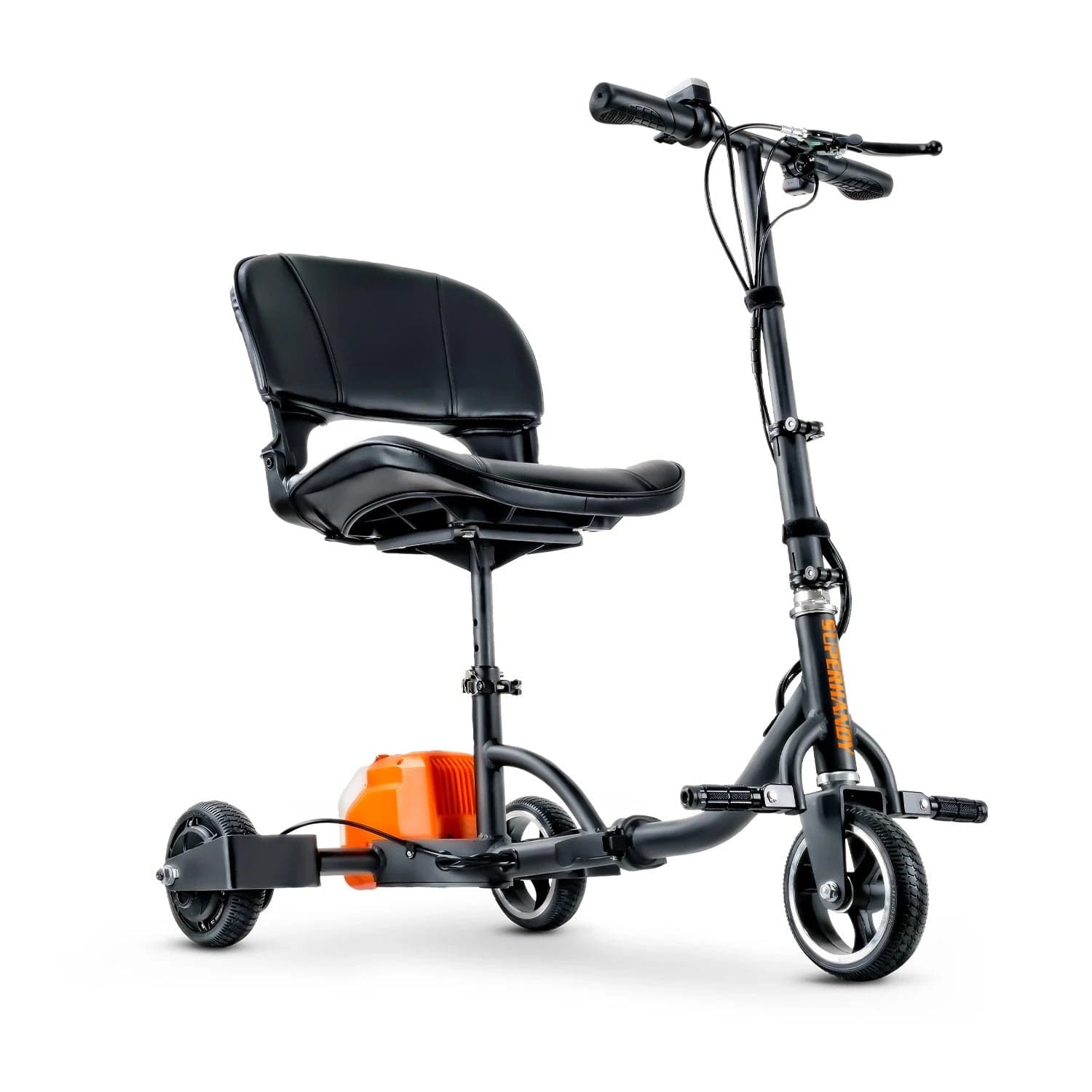
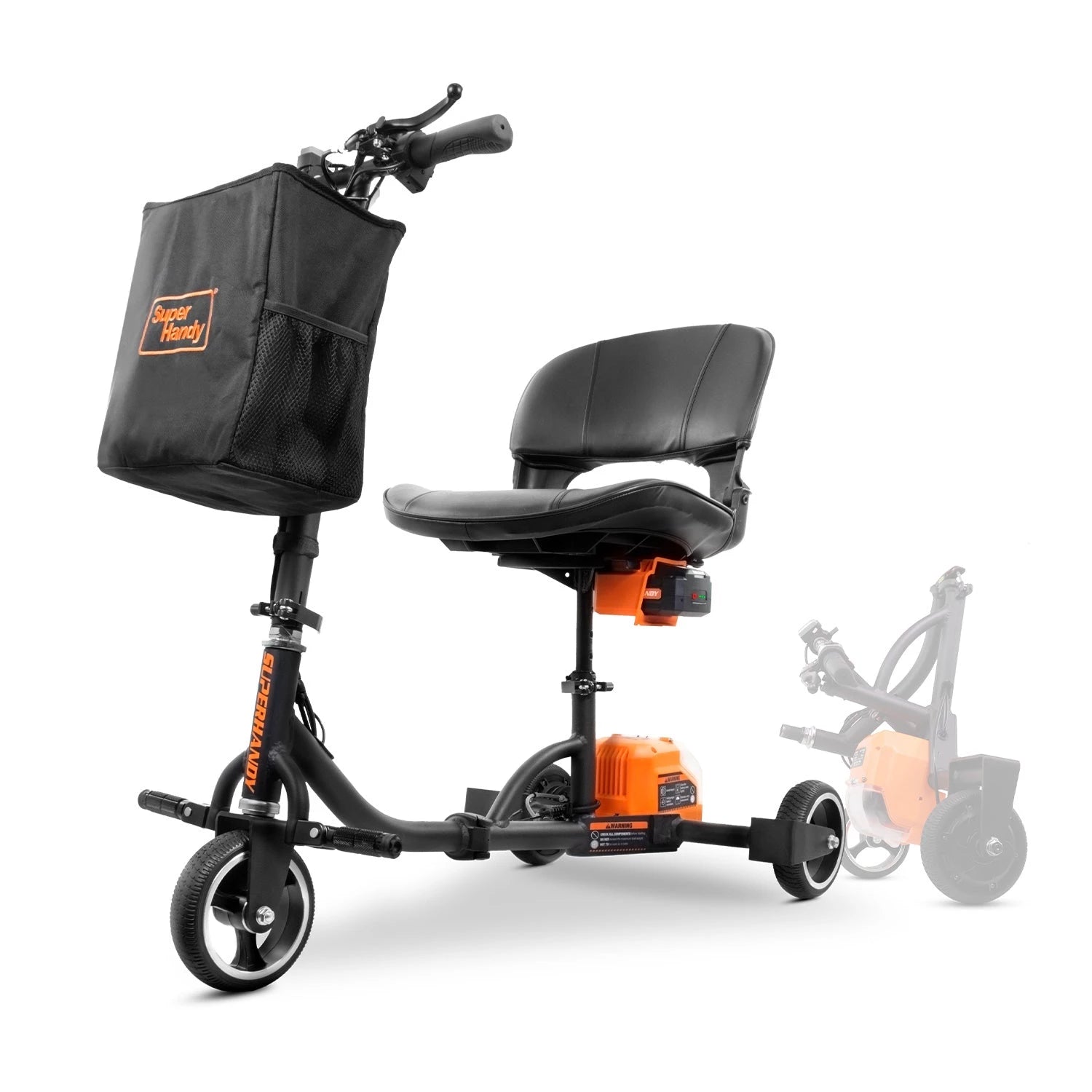
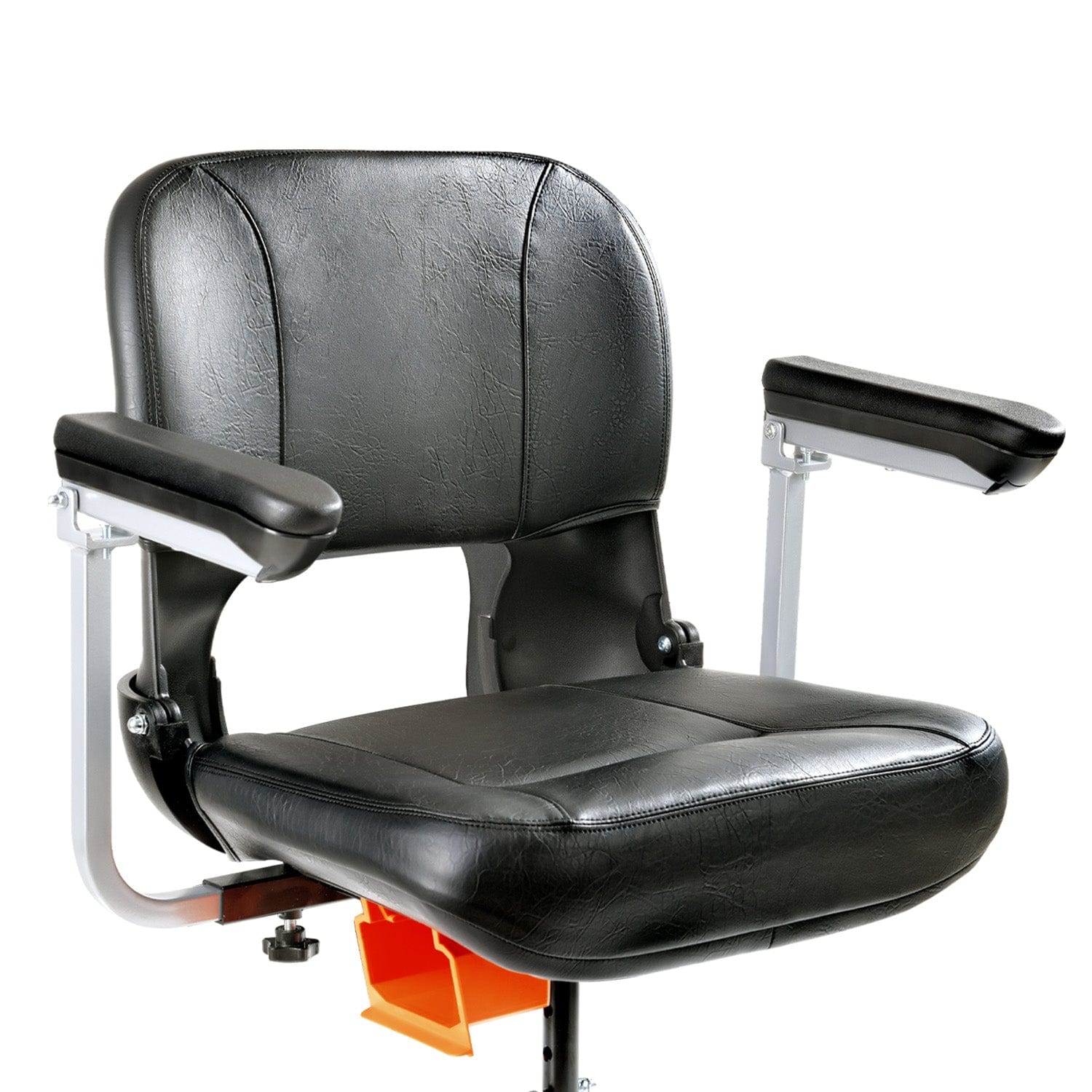

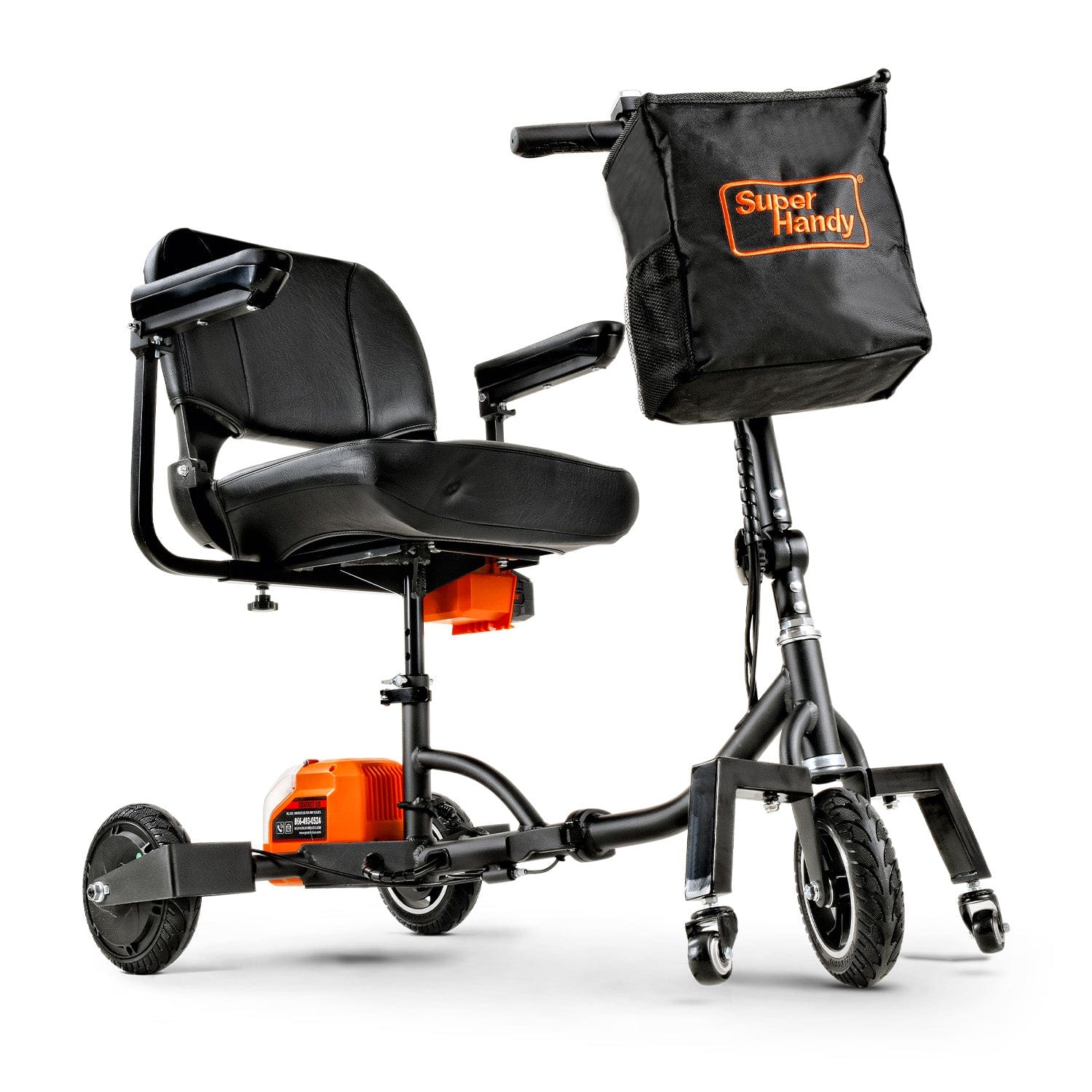
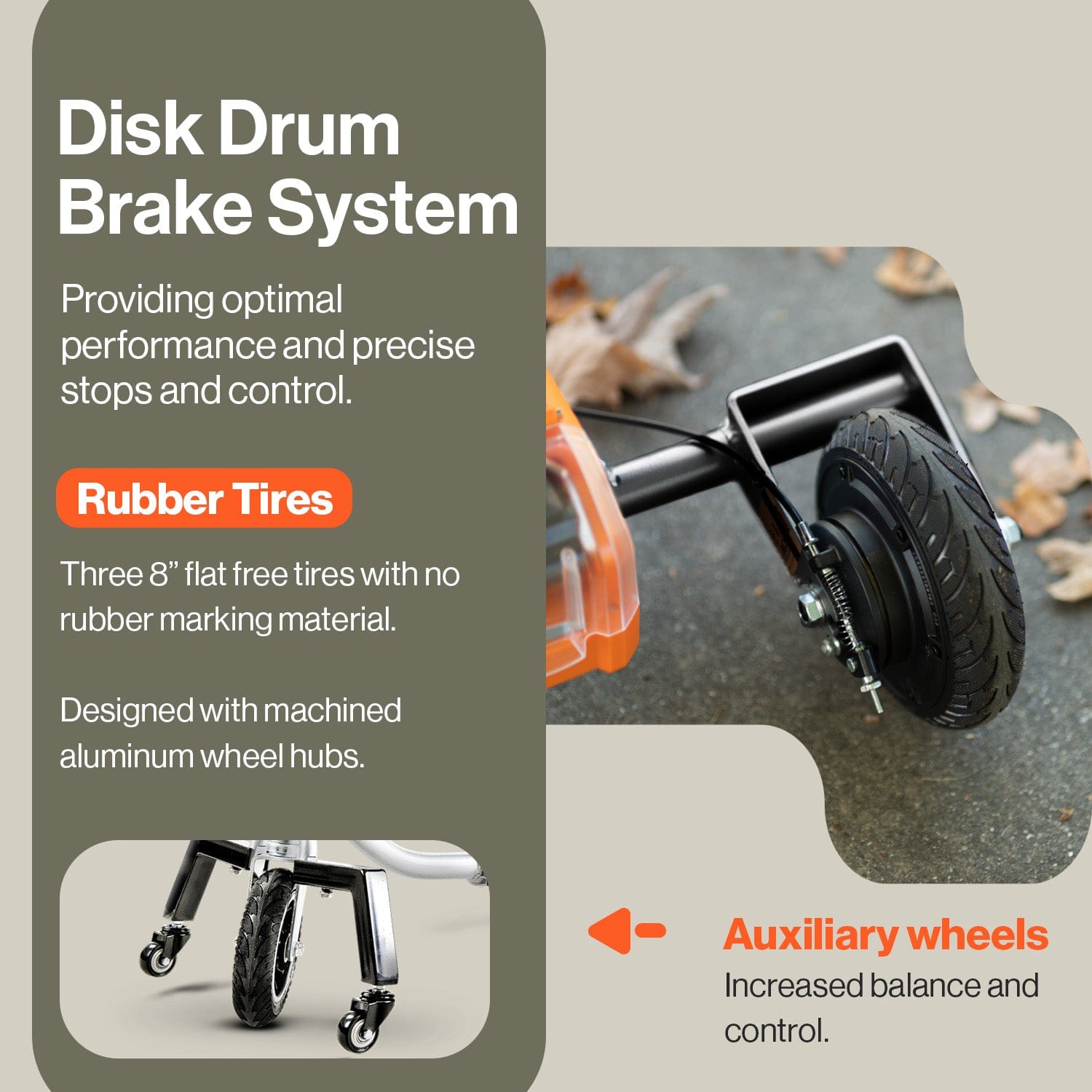




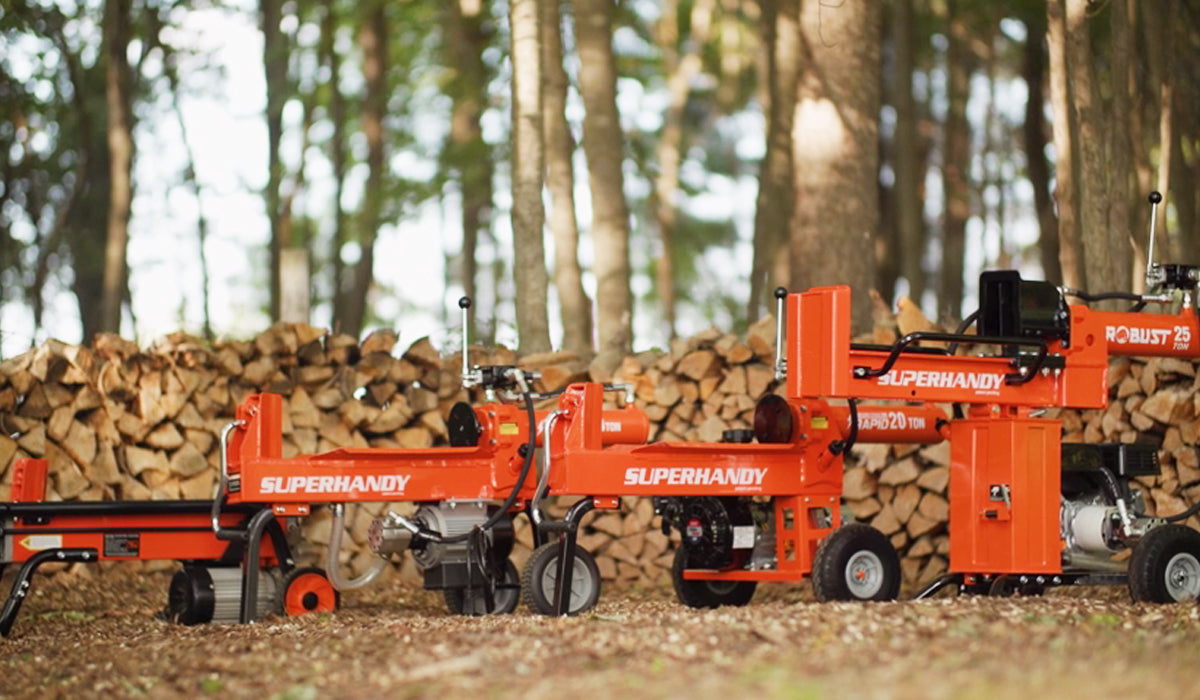

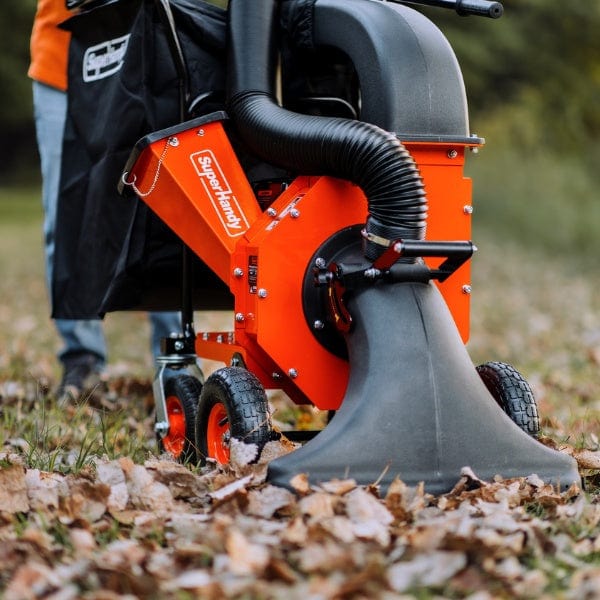
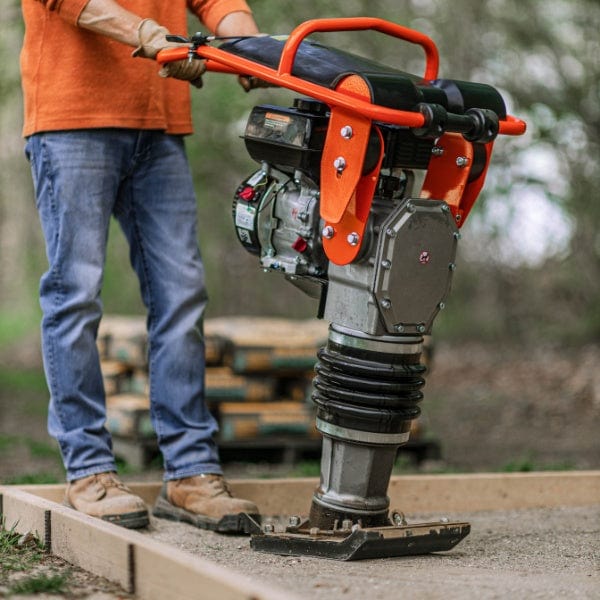
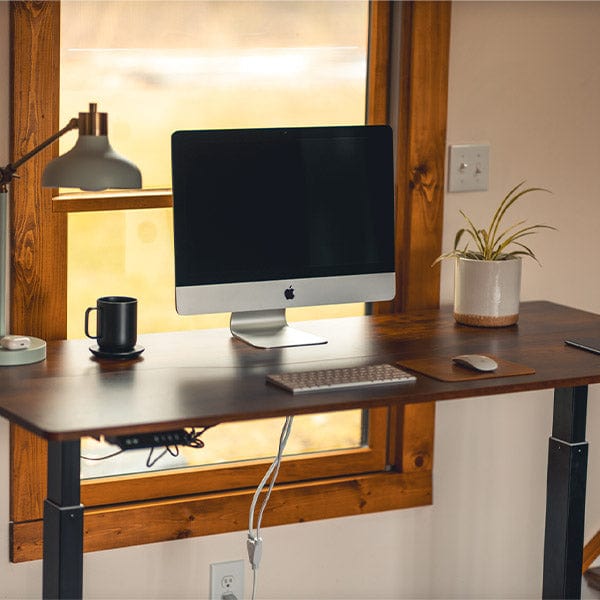

Leave a comment
All comments are moderated before being published.
This site is protected by hCaptcha and the hCaptcha Privacy Policy and Terms of Service apply.